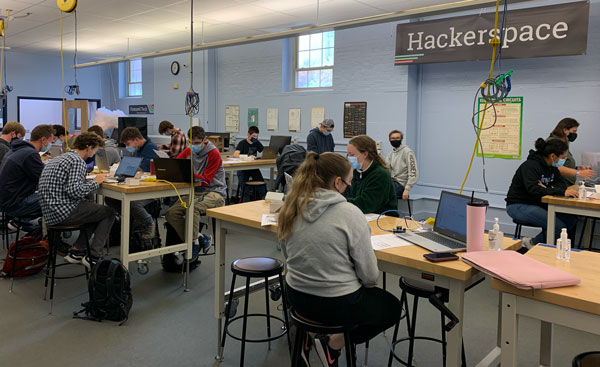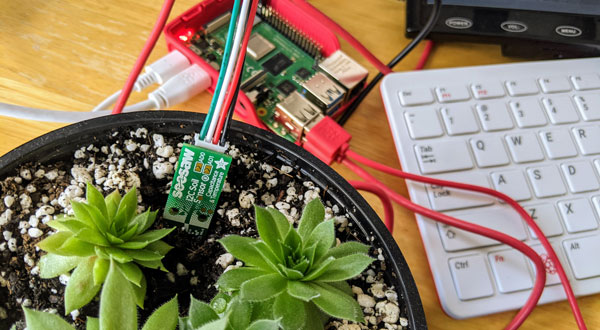UMaine Hackerspace
3D printing, microcomputers, and sensors can play a vital role in most fields and industries. At CITL, we believe that connecting the resources in the Hackerspace to courses helps UMaine’s students prepare for a range of future careers. The Hackerspace is open to all members of UMaine’s community, and because there’s a low barrier to entry, it’s a great place to start when you or your students have a new idea. Our instructional designers are ready to help you plan how to integrate these new technologies into course projects.
By integrating these technologies into UMaine courses, you are providing students with valuable skills and knowledge that are in high demand in many disciplines and industries. You can help them become well-versed in the tools and technologies that will make a difference in their future.
Curious? Reach out and we’d be happy to start the conversation with you.

How can the Hackerspace help prepare students for their future? Here’s a quick sample of what’s possible.
- 3D printing allows for quick prototyping and low-volume production and helps students understand the design and manufacturing process or create their own tools to help them solve real-world problems.
- A student printed replicas of a horse’s knee to help understand the bone structure and design new ways to help prevent injuries.
- Microcomputers like Raspberry Pi and Arduino are widely used for physical computing, Internet of Things (IoT) and other projects that require small and low-cost computers. Working with these materials in the Hackerspace helps provide hands-on experience with coding and electronics, and help students understand how to build and program real-world systems.
- Sensors are used in a variety of applications such as environmental monitoring, industrial automation, and medical devices. Studying sensors helps students understand how to collect and analyze data, and how to design systems that can interact with the physical world.
- Students in Introduction to Horticulture use Raspberry Pis, capacitive moisture sensors and temperature and humidity sensors to create plant monitoring systems that collect data on soil moisture, temperature and humidity. As part of the class, students use this data to make decisions about how to best care for their plants over the course of the semester, in the same way that data is tracked and care of the plants is modified in a greenhouse.
-

Soil monitoring with Rasberry Pi
- Wearable technology offers new and unique ways for people to interact with computers. Students can explore the design of user interfaces for wearable devices, including input methods like touch, gesture, and voice, and outputs like displays and haptic feedback.
This has a lot of potential in the healthcare field, from monitoring vital signs to delivering therapy. Students can design and develop wearable devices for healthcare, and explore the ethical, privacy, and security issues related to wearable health data.
Visit the Hackerspace website to learn more.
